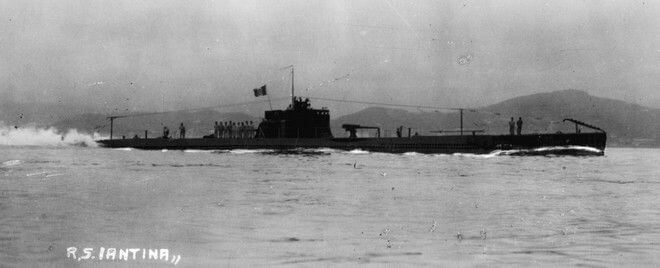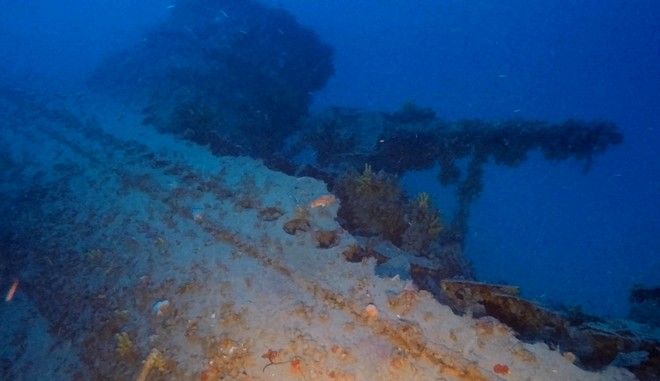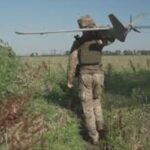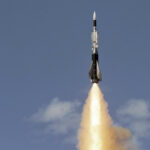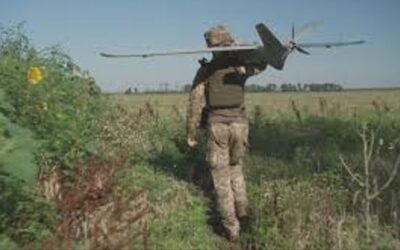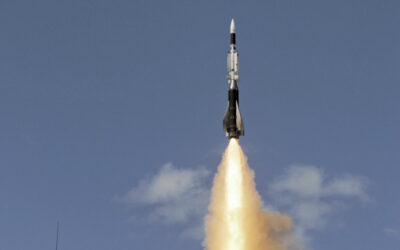MULTIMEDIA CORNER
MULTIMEDIA
CORNER
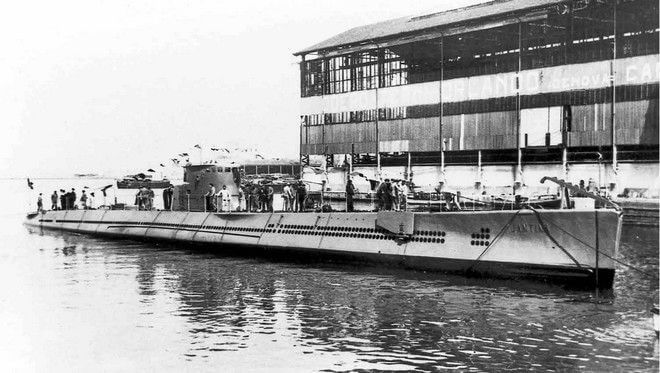
An 80-year-old shipwreck has been found at the bottom of the Aegean. This is the Italian submarine Jantina that sank in 1941 and has been looked for ever since.
For 80 years it lay at the bottom of the Aegean without anyone knowing its exact location. But the inspection of a submarine fiber optic cable by the team of Costas Thoctaridis, brought to light another shipwreck: that of the Italian submarine Jantina, which sank on July 5, 1941 from the torpedoes of the British submarine HMS Torbay.
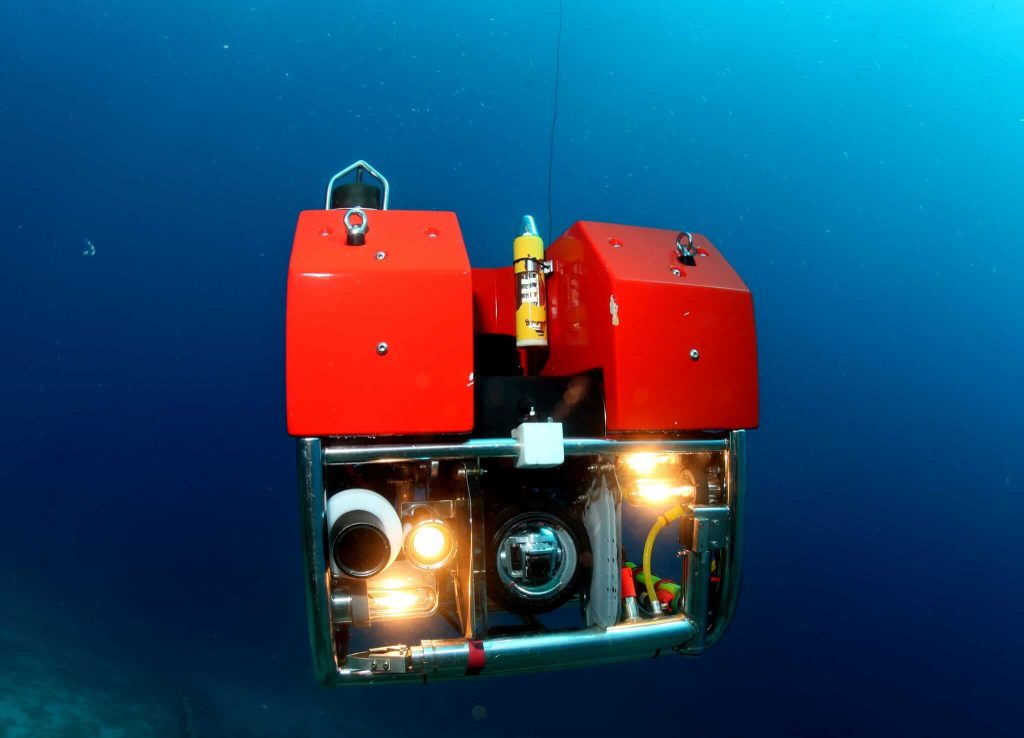
“We located Jantina at a depth of 103 meters off Mykonos,” says Costas Thoktaridis to AMNA. “We knew it was in this area, but we did not know exactly where.” The detection was made possible thanks to the submarine remotely operated vehicles available to Mr. Thoktaridis’s company in the context of inspections of underwater projects, such as pipelines and cables. More than an “underwater inspector”, however, Mr. Thoktaridis is a fan of naval history – a passion he’s had since he was twenty.

Almost three decades later, Costas Thoktaridis counts the location of four modern shipwrecks. The most recent, which was located in collaboration with the Hellenic Navy, was the Katsonis submarine. His discoveries cover the whole of Greece – Mykonos, Skiathos, Kefalonia, Saronic Gulf. But how many shipwrecks lie at the bottom of the Greek seas? “My estimate is that a quarter has been detected in total,” he said, based on his shipwreck record after years of study. “Greece is a country with a very important naval history. In every region there is historical wealth,” he added.
Costas Thoktaridis does, in all respects, a rare job. He has nine submarine remotely operated vehicles, called ROVs, which can reach a depth of 1000 meters to collect images and information. Such vehicles have been used to inspect historic shipwrecks, such as the Titanic. But how does he experience this relationship with the seabed? “It’s fascinating, you don’t get to see a submarine every day, it’s a journey in history,” he replies.
The author of six books, including “Shipwrecks on the Greek Seabed” which includes the story of twenty shipwrecks and has almost sold out, Costas Thoktaridis is now thinking of capturing the story of Jantina and its detection in a documentary.
The Italian submarine, Costas Thoctaridis informs us, was launched in 1932 in La Spezia, Italy, and was of the Argonauta class. I was 61.5 meters long, with a beam of 5.65 meters and a displacement of 810 tons. On the surface, it had a maximum cruising speed of 14 knots, and 8 knots when underwater. Its maximum operational depth was 80 meters. Its armament consisted of 4 torpedo tubes in the bow and 2 in the stern. It also had a naval cannon 102/35.
Also read: Supercar Blondie | Underwater model shoots “realistic” torpedoes on a ship
On its last voyage, it had sailed from Leros. The submarine was carrying 48 people. On the afternoon of July 5, 1941, it sailed to the surface, south of Mykonos, heading west. In the wider sea area was the British submarine HMS Torbay, which had sailed from Alexandria, Egypt, and was conducting its 3rd offensive patrol in the Aegean.
“The confrontation of two submarines is a rare naval event,” says Mr. Thoktaridis. The HMS Torbay, according to the war diary compiled by its commander immediately after the attack, located Jantina from a distance of 4 nautical miles, sounded the alarm and, being at a periscope depth, it was ready to attack. At 20:16 it launched a torpedo attack using 6 torpedoes from a distance of 1500 yards. It was too late for the Jantina crew to hear the unique and loud sound of torpedoes running through the water.
The first two torpedoes passed in front of the Italian submarine without engaging a target. At 20:17, however, the second group of torpedoes engaged the target and caused a very strong explosion. The result was the rapid sinking of the Italian submarine. From the crew of Jantina, finally, only six people managed to escape by swimming under difficult conditions to Delos.
Also read: Mystery around missing Russian submarine south of Cyprus – Photos
The vehicle that spotted the Italian submarine is called Super Achille. As it turned out, the submarine lies on the bottom with the left side, so the turret and its 102 mm deck cannon can be seen. The periscopes are lowered and the manhole of the turret is open. Part of the bow has been cut off from the rest of the submarine.
And what about the next mission? “Some more time is needed,” replies Costas Thoktaridis. Mr. Thoktaridis’ specially equipped boat “Oceanis” is already ready. His daughter, who has been a member of the research team for the last few years, is also ready. Her name is Oceanis and she has the same passion as her father.
Source: AMNA
Also read: At the deepest point of the earth with the contribution of a Cypriot company
Hellenic Entrepreneurs Association | Ideas & Positions for the Promotion of Greek Entrepreneurship
The members of the Hellenic Entrepreneurs Association (E.E.N.E.) participated in a roundtable discussion entitled “Ideas, Positions…
Delphi Economic Forum IX | Nikos Papatsas and the need for a collective effort to restructure the European defence industry
The need for enhanced cooperation of the Western powers in the field of Defence was underlined by Mr. Nikolaos Papatsas, Senior Partner of…
Delphi Economic Forum IX | Christian Chatziminas on re-industrialization and high technology in entrepreneurship
Mr. Christian Chatziminas, Founder & CEO of THEON GROUP and President of the Hellenic Entrepreneurs Association, participated in…
Hellenic Entrepreneurs Association | Ideas & Positions for the Promotion of Greek Entrepreneurship
The members of the Hellenic Entrepreneurs Association (E.E.N.E.) participated in a roundtable discussion entitled “Ideas, Positions…
Ukraine | Increase in defence spending by 367 million euros for the acquisition of drones
Kiev is increasing spending by 15.5 billion hryvnias (367 million euros) to bolster Ukraine’s armed forces with drones, according to…
HMoND | The legislative initiative for HCDI is under consultation
The legislative initiative of the Ministry of National Defence, under the title: “Establishment of the Hellenic Center for Defence…
Russia | Cluster bombs hit residential area in Odessa
Images from Russia’s strike in the heart of Odessa, which hit the so-called “Harry Potter Castle”, a former politician’s mansion now…
France | Industries prioritize orders of anti-aircraft missiles
The Armed Forces Ministry of France has instructed industries involved in the production of Aster anti-aircraft and anti-ballistic…
Ecuador | Appeals to International Court of Justice denouncing Mexico
Ecuadorian police stormed the Mexican embassy hours after the Mexican government granted former Vice President…





